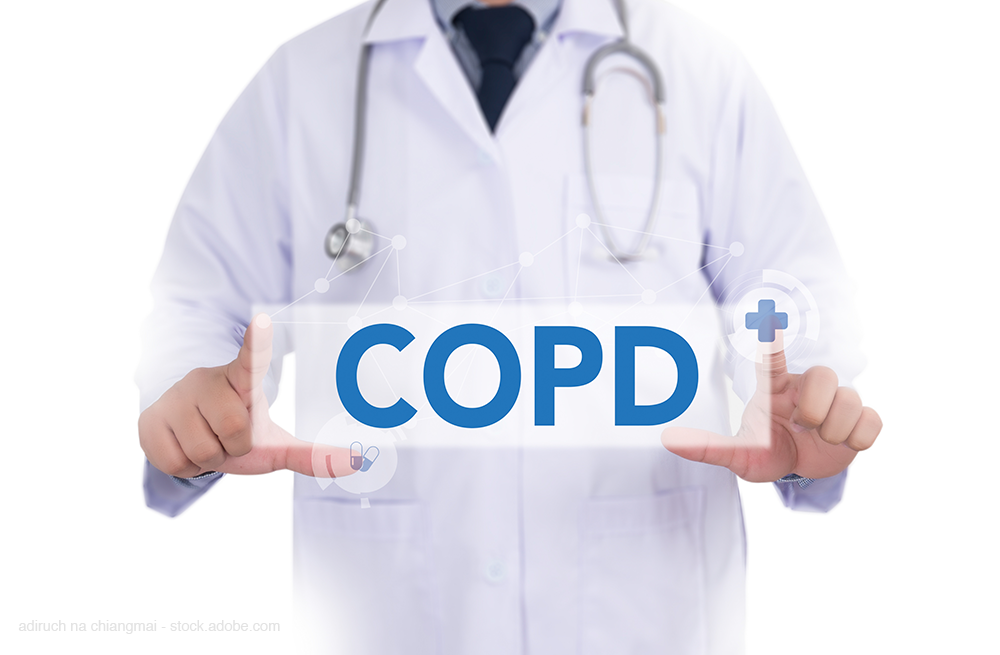How To Manage a COPD Flare-Up
Tips to help COPD patients decrease their flare-up risks.

One important way pharmacists can help patients with COPD manage the condition is by encouraging them to be proactive about potential flare-ups. Pharmacists can encourage a proactive approach by presenting information on how to decrease the risk of a flare-up and by providing the prescriptions that may be necessary to manage suddenly worsening symptoms.
The most common cause of COPD flare-ups is a viral or bacterial infection, although flare-ups can also be triggered by a serious allergy or inhaling irritants. Pharmacists can help by reminding patients to get an annual flu and/or pneumonia shot to reduce the risk of respiratory infections. Smoking also increases the risk of flare-ups, so patients may welcome advice on the most effective ways to quit
Flare-ups happen when the lungs react to infection or irritation by swelling up and producing mucus, which then constricts the airways and makes it harder for a person to breathe. The intensity with which such symptoms can escalate is often frightening. Some flare-ups seem to happen suddenly, but there are warning signs that patients should learn to recognize. Indicators of a potential flare-up include: wheezing, coughing or shortness of breath; a change in the color, thickness, odor, or amount of mucus produced; fatigue; and/or a low-grade fever.
Related articles: Flu Shot May Be a COPD Lifesaver
Patients may want to develop an action plan with their doctor on which steps to take in a flare up. Plans usually start by advising the patient to use a rescue inhaler to dilate airways. Pharmacists can make sure a patient has a prescribed rescue inhaler and knows the right way to use it. Using the rescue inhaler may sometimes be sufficient, but repeated use of a rescue inhaler, with limited results, indicates that further treatment is needed.
Antibiotics are usually prescribed if the flare-up is caused by a bacterial infection. A doctor may also recommend oral steroids to quickly reduce lung inflammation and patients should be informed about any potential side effects. For long-term management, inhaled corticosteroids may be recommended. If a patient already has an oxygen tank at home, using it during a flare-up can help the patient breathe more calmly.
These strategies can manage flare-ups for most individuals with COPD. However, urgent care may be needed if these measures are not effective, especially if the patient has symptoms such as chest pain, confusion, drowsiness, blue lips or fingers. Flare-ups are occasionally so severe that a patient may need mechanical help to breathe or intravenous medication.
The sooner a flare-up is treated, the lower the odds of hospitalization and permanent lung damage. The best way to manage flare-ups is to prevent them from happening in the first place.